There seems to be confusions surrounding common devices the Internet service provider (ISP) gives. A lot of terms get thrown around: modem, wireless router, 5 GHz, 1200 Mbps... I want to offer my assistance to help alleviate this problem.
Modem
If you were born before the explosion of the Internet, you would encounter this device before, or at least know what it did to your telephone line when you were on the Internet.
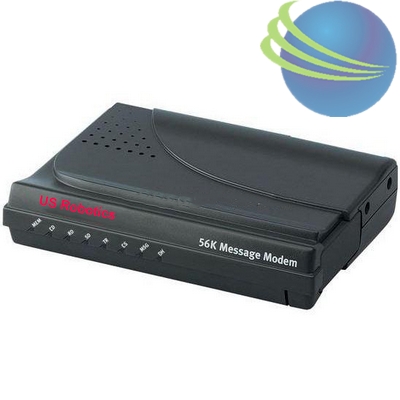
A modem is a modulator/demodulator unit, responsible for converting data from digital signal into analog one. Digital data usually goes inside the device, where as analog ones happen outside, on transmission like phone line, fiber, coaxial cable. The unit seen on the picture is a dial-up modem, used to connect a computer to the Internet via telephone line, the same line you use to call another telephone. The dial-up modem dials to a specific phone number (ex: 1269 back in my day), performs handshake with the ISP's modem, and finally start transmitting data between themselves. During this time, you can't use the telephone, because the modem has already taken it.
Later, people were able to utilize frequency bands above the band used for telephone. That gave birth to ADSL, or Asymmetrical Digital Subscriber Line. With a DSL filter, often called splitter, the frequency bands are isolated, permitting a single telephone line to be used for both ADSL service and telephone calls at the same time as 2 lines.


Pictured above is the back of a typical ADSL modem, D-link 520b. Its main feature is the 2 ports: DSL and LAN. As around this time, USB and Ethernet became the standard. You plug the DSL port with the cable from a splitter at the computer port's end, LAN to the computer. This modem acts as both a modem, transferring data to and from ISP by the cable, and a router, connecting the Internet to you and handing out an IP address for your computer.

Back then, it costed a fair bit of cash to have ADSL at home, so only a handful of families got their hands on this. Still, this beat 56 kbps of dial-up any day. The price above was from quite later as ADSL adoption had slowed down and fiber started showing up. For my family, we paid by MB we used, so I used to have a software that counted the MB and billed it based on the hour of day. I often torrented at midnight because it was cheaper then.
But then came fiber optic, or FTTH (fiber to the home). It was promised to be the next big thing in Vietnamese Internet. For the first time, we were able to get symmetrical speed, like 25 down 25 up, instead of 3 down 0.5 up (Mbps) like ADSL. It is increasingly important, as more activities you can do on the Net with a larger upload speed. The ping of fiber being lower also helps online gaming, VOIP services such as Zalo, Messenger, Viber, Telegram won the favors of people over free voice and video calls.
According to Quora [1], there seems to be answers at odds with each other over whether Optical Network Terminal (ONT) should be called a modem. In my humble opinion, it should be called a modem, since even light can be considered analog. Fiber uses light as a mean to transmit data to and from ISP.
Router
When I installed fiber Internet back in 2015, this is what they gave me.
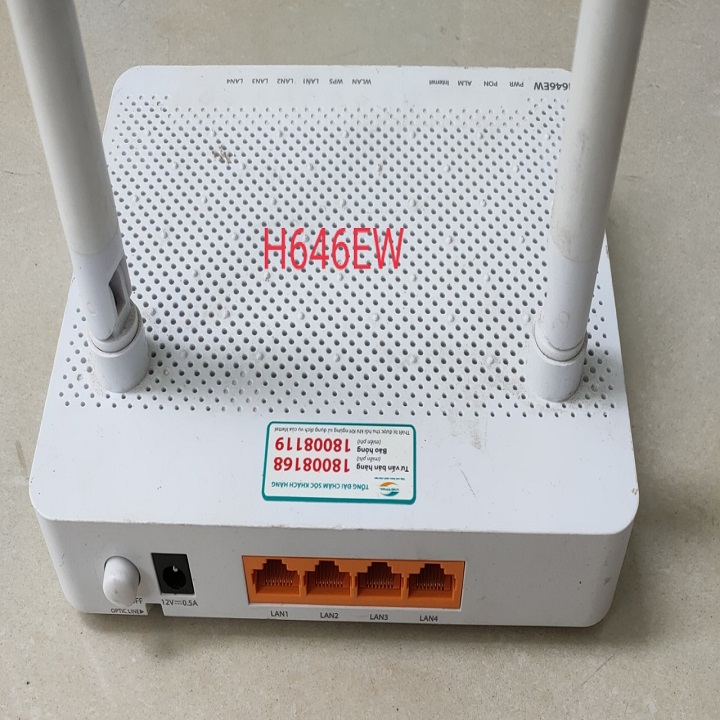
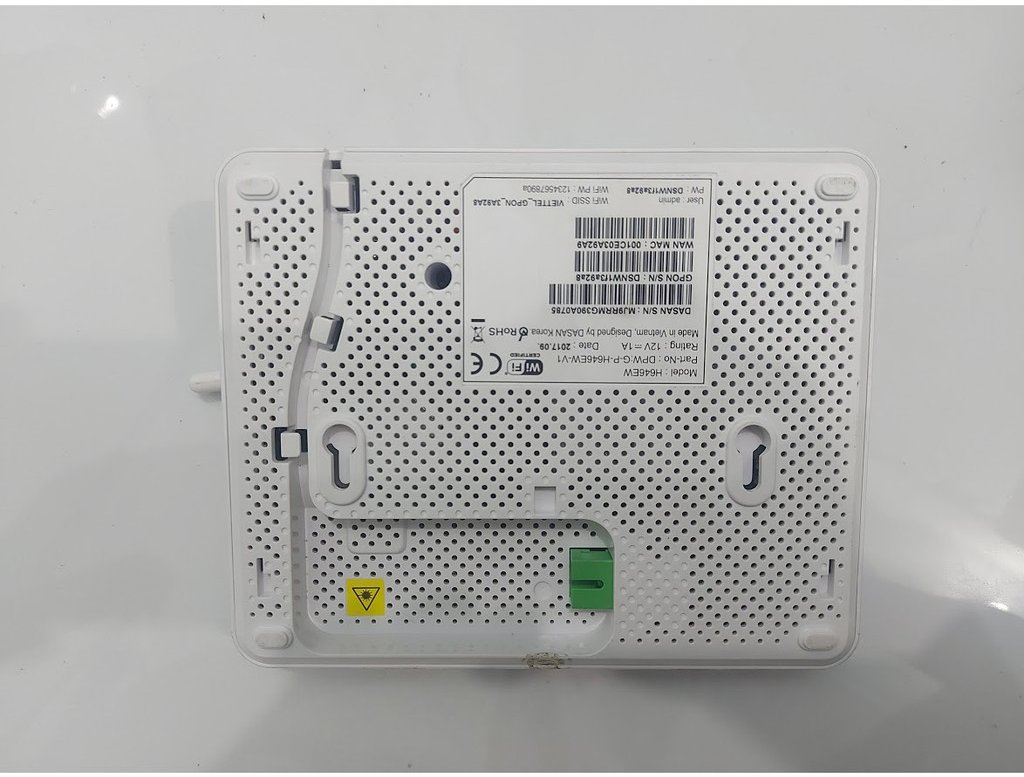
This is Dasan H646EW, a GPON ONT with 2.4 GHz Wifi. There's a lot of conflicting information about which of the 4 ports has Gigabit Ethernet, and which doesn't. As far as I know, port 1 has Gigabit Ethernet. The device is once again, a combo device that is a modem + a switch (due to 4 ports present) + a router + a wireless access point.
You may be wondering why there is a separate section for routers. That is because devices like H646EW are all collectively called routers. But they are more like a combination of various hardware then just routers. By definition, a router is a networking device that forwards data packets (routes, if you will) from a computer host or network to another computer host or network. Nowadays, they often sell wireless router combos because they are an all-in-one, setup-and-forget solution for an average consumer.
Due to being a jack-of-all-trade, they only do a good enough job as a router, an access point. Anything that needs better performance, like farther Wifi range, faster routing speed, a technical user should consider separating each function to individual hardware. For instance, ISP router + your own router. For better range in Wifi, ISP router + specialized router + access points. ISP router are kept around due to requirements from the ISP. I didn't use the ISP router and opted to use my own. First, it's the Tenda AC10, then the TP-Link Archer C50, both 2.4/5 GHz 1200 Mbps Wifi routers. Tenda AC10 was defective so that's why I replaced it.
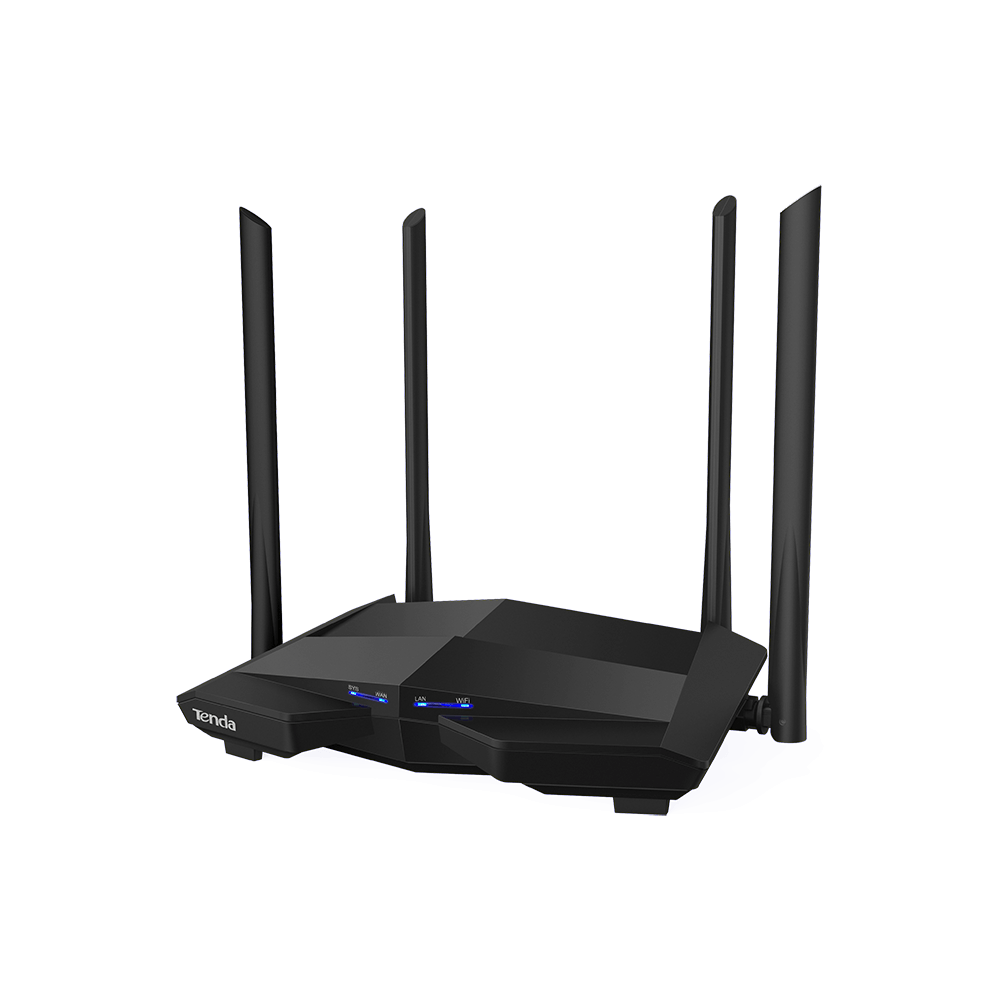
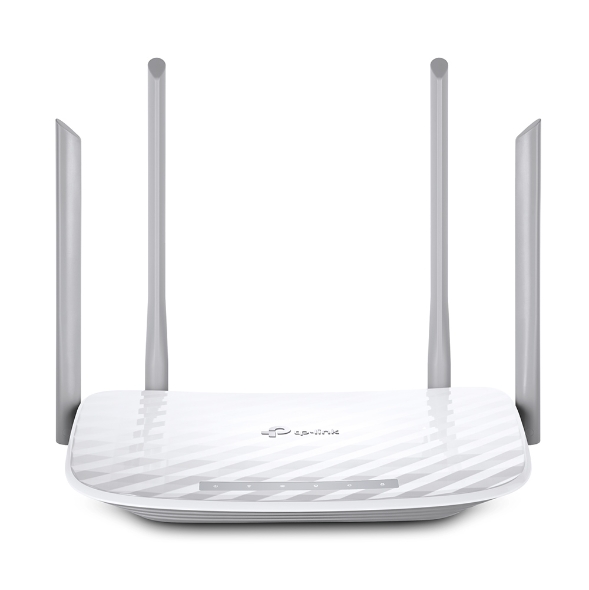
The 2.4/5 GHz represents the bands that the Wifi router can broadcast, in this case 2.4 GHz and 5 GHz. 1200 Mbps is the aggregated speed of both bands:
- 300 Mbps is from 2.4 GHz. Each antenna sends and receives signal with a 40 MHz channel at 150 Mbps, so 2 antennae is 300 Mbps
- Similarly, 900 Mbps is from 5 GHz. Each antenna sends and receives signal with a 80 MHz channel at 433 Mbps, so 2 antennae is 867 Mbps, which rounds up to 900 Mbps for marketing purposes.
- Do note that this speed is theoretical. By using my phone, which has 1 antenna for Wifi, to test iperf3, at 2.4 GHz 40 MHz channel is around 100 Mbps, at 5 GHz 80 MHz channel is around 240 Mbps. Your mileage may vary.
Back in 2015, my fiber speed was 25 Mbps, so with 100 Mbps WAN port it was enough. But in 2021, with fiber reaching 150 Mbps and my server needing faster wireless performance to serve movies around the house, it was upgraded to the Asus RT-AC1300UHP. It has a quad core ARM CPU, which trumps over MIPS CPU of the previous router in performance, as well as better broadcasting range. Around this time, I joined a Facebook community and they hinted at a possibility for a better performance if I were to turn off routing on the modem by using what is called "Bridge Mode". So now routing is done by the Asus router as it is connected directly to the ISP, while the modem is simply passing the signal along.
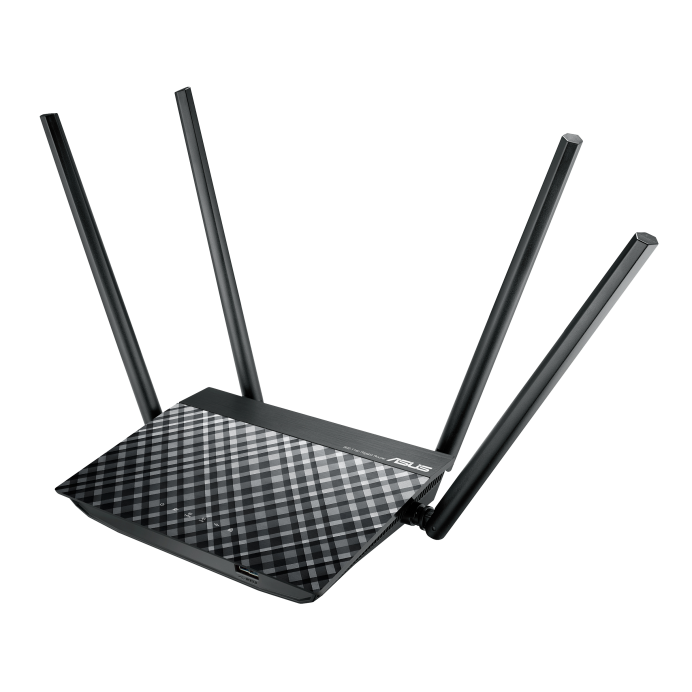
Converter
To put it simply, media converters terminate the fiber, turn fiber optic signal to that of Ethernet for a single port connecting to a router. It should not be confused with ONT because the converter has no regard for things like IP, VLAN, MAC [2].
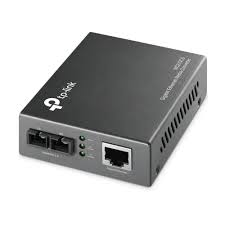
Cable modem
Why does this belong here? Because in Vietnam, hardly anyone wants to use cable Internet. It feels like an afterthought of any cable service provider. Unlike in the USA where it's one of the main ways to get Internet with speed up to 1 Gbps, the fastest in Vietnam is with SCTV at 200 Mbps, while with Viettel you get 300 Mbps symmetrical plus TV for a cheaper price. And the quality of Internet is cable is worse than fiber.
Cable Internet uses a standard known as DOCSIS (Data-over-Cable Service Interface Specifications). It was developed by CableLabs. DOCSIS works by utilizing TV channels on a coaxial cable to transfer data. Pre-DOCSIS 3.0, it was only using 1 channel for download, 1 for upload. DOCSIS 3.0 onwards can bond channels to increase bandwidth available to consumers.
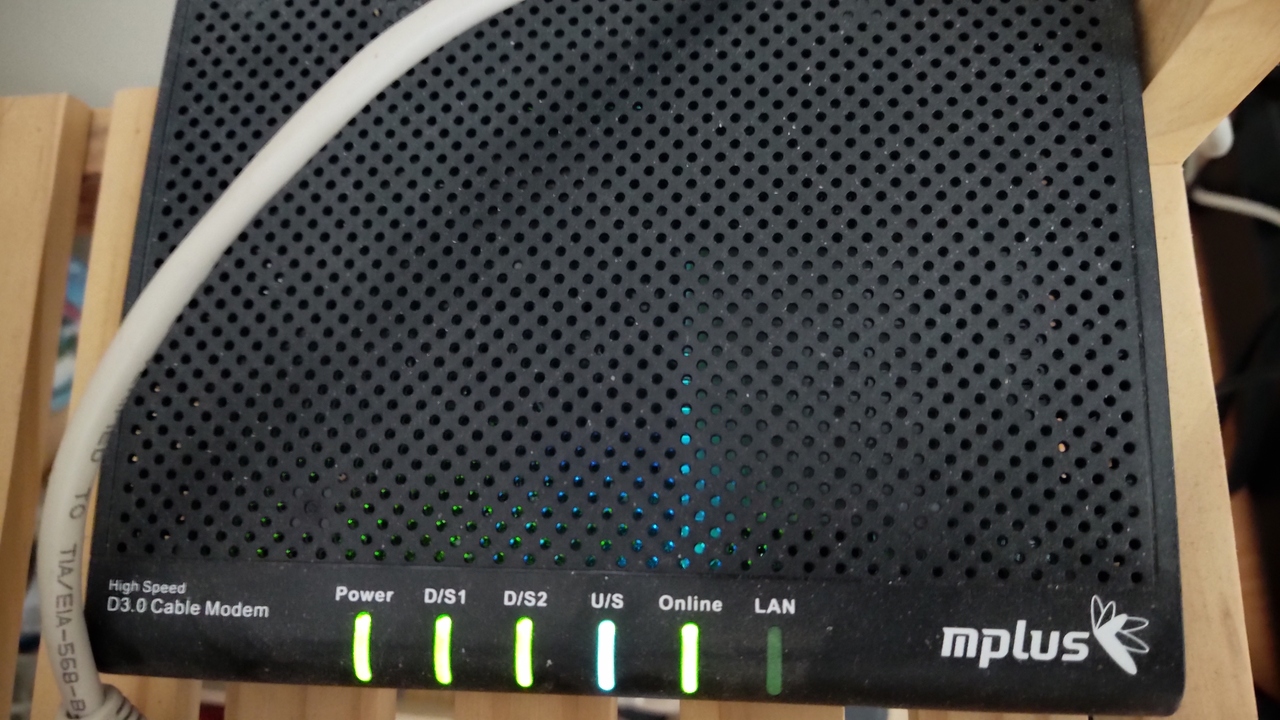

The modem is a mplus CBC383, a Cable to Ethernet modem from Korea. It supports 8 channels bonding downstream, 4 channels bonding upstream and Gigabit Ethernet. Looking at its configuration page at http://192.168.100.1/, it was clear that the modem bonded 8 channels for downloading, 2 channels for uploading. It can run very fast, but currently my grandparents' house is on a 50 Mbps plan from SCTV.
Some small notes:
- I think the reasons for the poor performance of cable Internet are company negligence and deprioritization during national Internet bandwidth shortage.
- Wifi, Bluetooth, your cell phone also use modems to send and receive data.
References:
- Modem vs Router - What's the difference?
- Fiber vs Cable (Coaxial) or ONT vs Modem
- Facebook wifi technology community
- Docsis 3-0 CBC383 CABLE MODEM Specs
- [2] Quora - Can I use a media converter + SFP to bypass using a modem?